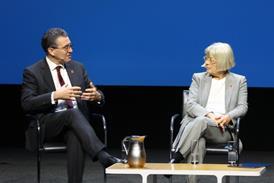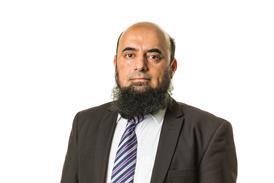The Gender Recognition Act was thought to be state-of-the-art when it passed in 2004, enabling transgender people to change their legal gender marker.
I transitioned from male to female years before and was fast-tracked to obtain my gender recognition certificate (GRC). I then applied for a new birth certificate. For me it was a great experience.
But as time progressed, cracks in the GRC process have appeared. In January 2016, following consultation, the Commons Women and Equalities Committee, chaired by Maria Miller MP, reported to the government with a number of proposed changes.
Issues highlighted included:
- Only binary options available (eg male/female). Non-binary gender identities are not recognised (eg identities not exclusively male or female or having no gender at all).
- Trans people under 18 cannot apply.
- It is costly.
- The process is medicalised.
- The system is bureaucratic, often affecting an applicant’s health.
- Applicants never meet the intrusive reviewing panel.
- The ‘spousal veto’ is considered too draconian (eg where your wife/husband can delay the process by objecting to it).
- Section 22, which allows trans people an actionable right against their employers in criminal law if they ‘out’ them, has clearly failed, as no cases have been brought.
- Two years living in new gender role is considered too long.
Few GRCs have actually been issued (in my estimate only 6,000 since 2004, where the number of trans people in the UK is estimated at 1% of the population). So the system clearly is not serving the trans community.
The response of Nicky Morgan [then equalities minister] was lukewarm at best, but she gave a commitment to review the process.
Not a great deal had happened until July this year. Then the government announced plans to review the gender recognition rules and to report in the autumn. This announcement, by current equalities minister Justine Greening, was made alongside another to launch a nationwide survey of LGBT people.
The most obvious option to streamline the gender recognition process (and one I support) is ‘self-declaration’, where you declare your gender identity on a simple form which can be witnessed. This is the process used in Ireland and several other EU countries.
So what could self-declaration look like in the UK?
- Less expensive.
- Not administratively complicated (in Ireland the form is two pages).
- Not intrusive or demeaning.
- No decision panel.
- No medical intervention.
- Recognises all gender identities including non-binary (which may allow them to record their gender as ‘X’).
Of course, there has been criticism of such a process. For example, Conservative MP David Davies, has expressed the view that ‘men with male genitalia, no matter what gender they feel they are, should use male facilities’.
50 years ago, during the legalisation of homosexuality, gay men were often compared to paedophiles. Today, trans people are being called perverts in toilets.
What the prophets of doom do not realise is that we have been accessing many of these ‘protected’ spaces for years (as UK law allows us to) and, you guessed it, without incident. History will record these prophets of doom as foolish. I hope I live long enough to remind them of their scaremongering.
Self-declaration will help many of us record our gender marker officially, in a non-pervasive way, that allows us to retain our dignity; it will allow us to integrate seamlessly into the UK society to which we belong.
Rachel Reese is director of Global Butterflies, an agency that helps companies become trans-inclusive. She is also a member of the Law Society’s LGBT Lawyers Division Committee.

















![Eleanor Clarke - 029[8]](https://d1d8vslyhr7rdg.cloudfront.net/Pictures/274x183/1/5/1/120151_eleanorclarke0298_527574_crop.jpg)










4 Readers' comments